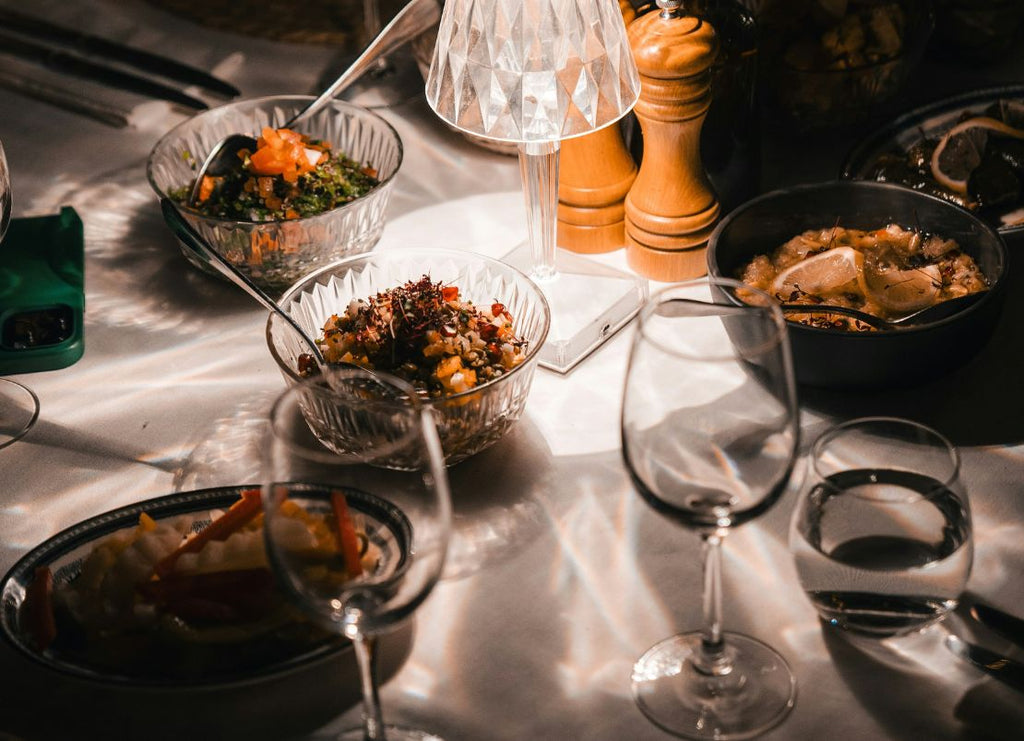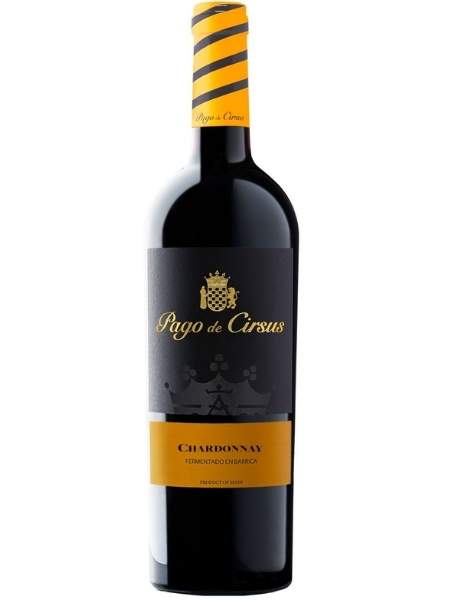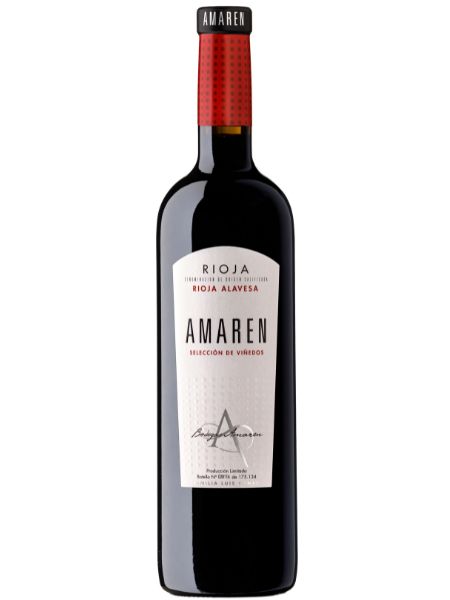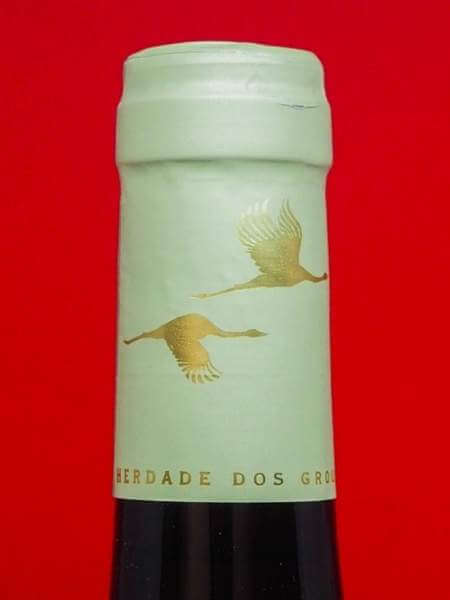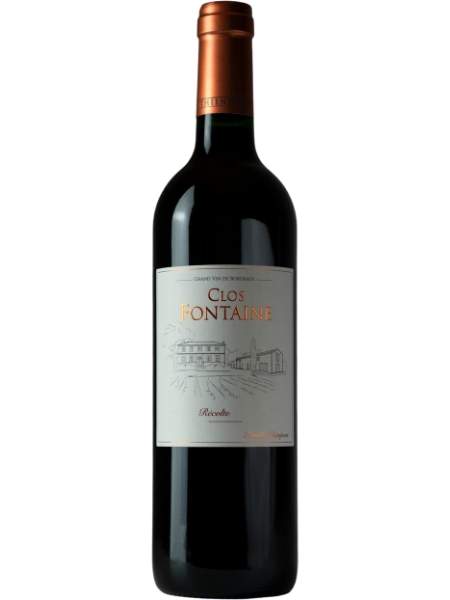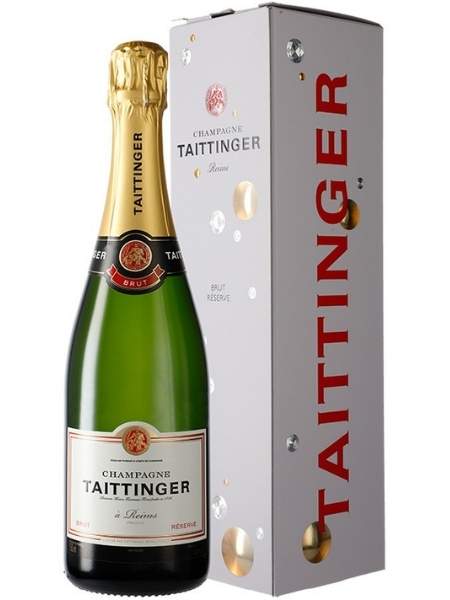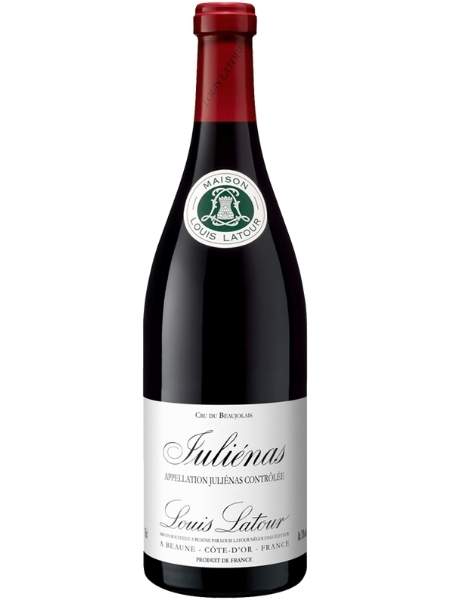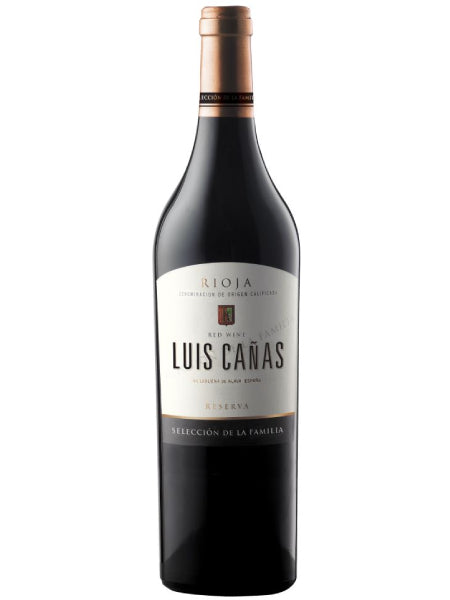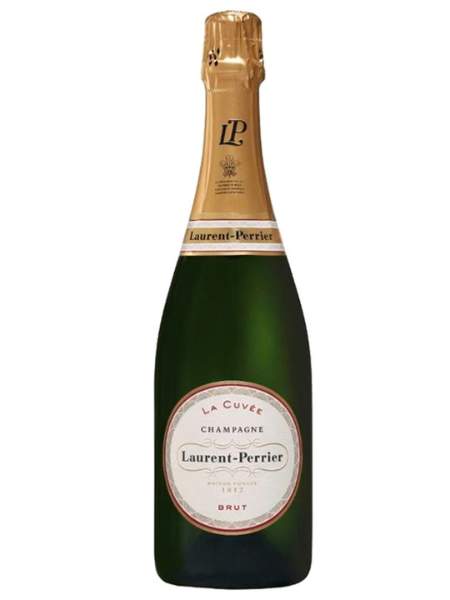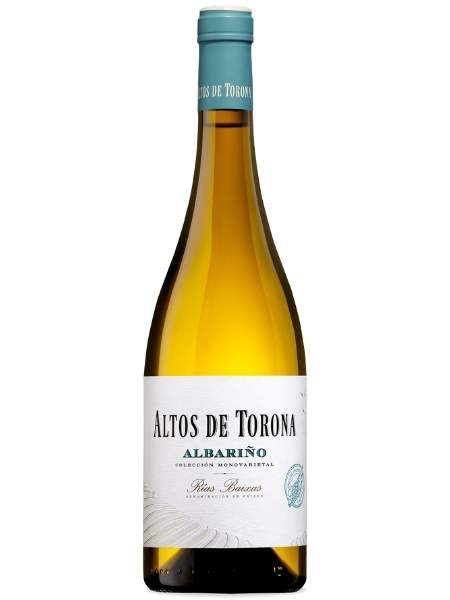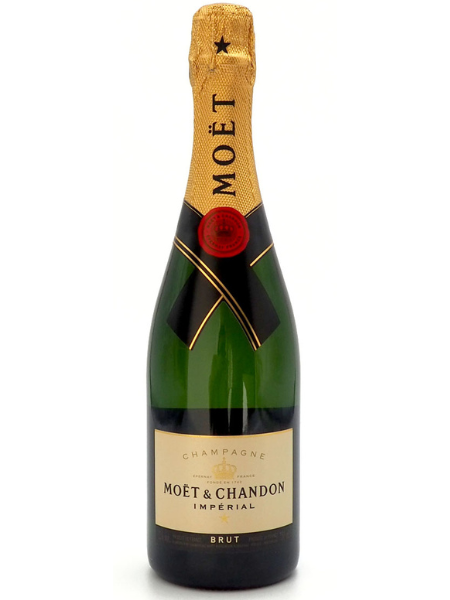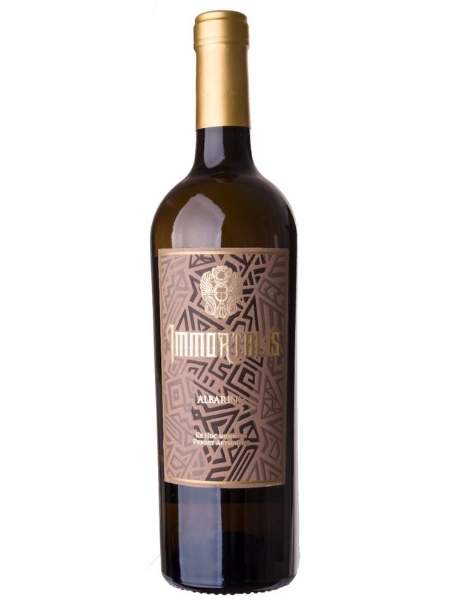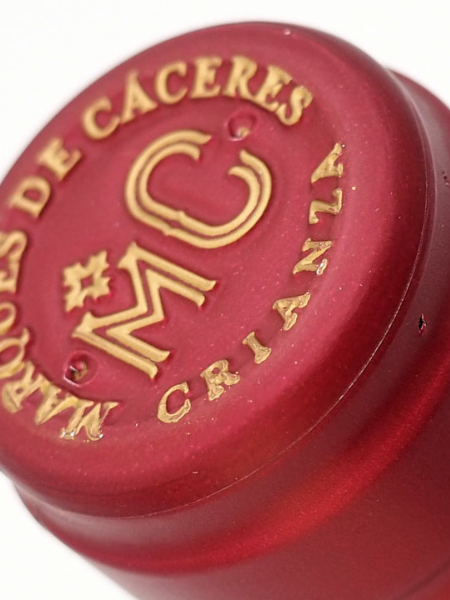
How we Read and Understand Wine Labels

Wine labels give us a lot of information about them, so in this article we will explain step by step all this data, both on the main label and on the back label, so that when you buy a bottle of wine, you understand each of the concepts present on them.
The name of the wine
The first thing we do when we go to buy wine is look at the name of the wine. Some of them are really surprising and many times we have thought about the reason for these names, because nothing is chosen at random. Although it seems insignificant, behind every name there is a lot of creative work, sometimes even in the winery, investing many hours, other times, if the winery is bigger, the marketing department together with the winery managers will be the ones to do this work. But whenever you see a name on a wine, you can be sure that it was chosen for a reason.
Required information
Then follows the minimum mandatory information on the wine labels, established by the legislation of each country. To these is added the additional information, which is not mandatory, but which many wineries choose to put, such as the grape variety with which the wine is made, whether it is Crianza, Reserva or Gran Reserva.
It is also customary to put the seals of the prizes that the wine won in a competition in which it was presented. Not all wines are presented in all the competitions that are organized, because there are many national and international ones.
In the case of wines to be marketed, they must have their own label, which must be square and at least ten centimeters long, as well as a counter-label, which must be placed on the opposite side of the bottle from the main label. The main label must bear the name of the brand or winery and the name of the wine, and the back label must state the percentage of alcohol by volume, the net content, the place of bottling and the name and address of the bottler, the health registration and bottling number, the designation of origin where applicable, and sometimes the variety or varieties from which the wine is obtained.
It must also bear the stamp of the appropriate regulatory designation of origin on the back of the bottle, with the control number of its guarantee, this number will also indicate the origin of the wine and is also a way to have a control. numerically to avoid counterfeiting.
That is, this security label, which is printed in the National Coin and Stamp Factory, is intended to ensure that the consumer is protected from fraud, so that the qualification detailed on these labels will always be a seal of quality.
Contraindications
One of the phrases on the back label that catches everyone's attention is "contains sulfites." Sulfites are used in oenology to remove bacteria from wine and thus prevent its oxidation, although in very large quantities they can be toxic, the amount used in wines is minimal, so they are not harmful to the body. If the expression "contains sulphites" does not appear on the label, the sulphite content is less than ten milligrams per liter. In the case of organic wines, although it is not used in the vinification process, there is a very low percentage of sulphites because the grapes naturally contain sulphate which they absorb from the soil and which is transmitted directly to the grapes through the root.
Designation of Origin
In Spain, where most of our wines come from, we find on our wines several guarantee seals indicating the designation of origin, if we find the initials DO it means Designation of Origin and is followed by the corresponding name. Also in Spain there are two names of qualified origin, marked with the initials DOC in the case of Rioja and DOQ in the case of the Priory (they change the C to the Q, because the language is different, but it means the same thing). PDO which means Protected Designation of Origin, where the wines of Jumilla are found.
In many other names, we also find the acronym VP which means Vino de Pago, a Pago is a property, or VT which is another quality seal which means Vinos de la Tierra.
So the basic information that you should always look for and that can't be missing from a label would be the trade name, after which we know the wine, the designation of origin that indicates the origin of the wine and who regulates it, the alcohol content, which, as mentioned above, it is represented by the percentage per liter, the year of harvesting and harvesting of the grapes used, the name of the producer or bottler of the wine and the quantity expressed in centilitres.
Our recommendations this week:
Cava Chapó Reserva Extra Brut 2017, from Heretat Mas Tinell, in DO Cava, a high quality sparkling wine, well balanced, obtained entirely from the white chardonnay grape variety.
It is a fresh and dynamic cava, with a beautiful golden color and a fine and well-defined bubble in equal rosettes. This sparkling wine is one of those versatile cavas that goes well with any dish and can be enjoyed at any time of the day.
Cami de Cormes blanc de Roig Parals in DO Empordà, a unique white wine of Grenache variety, aged for four months in French oak barrels on its own yeast, which gives it a unique personality. A wine that represents the work of four generations of winemakers, a fresh and fruity wine with a balsamic background and those notes of pastry in the nose, which come from yeast and make it very special. In the mouth it is creamy and delicate and clearly marks its Empordà character, without a doubt one of those wines that we are sure will not leave you indifferent due to its quality.
Ontañon, a wine from DOC Rioja, a Tempranillo almost entirely, because it is accompanied by only ten percent of Grenache from old vines, with a twelve-month aging divided between American oak barrels and French oak barrels, this wine of Intense ruby color, very fragrant, with spicy and balsamic notes, it is fresh and strong, in the mouth, fleshy and very balanced, its aftertaste is long and reminiscent of ripe red fruit.
Salanques 2018 by Bodega Mas Doix, in DOQ Priorat, the true character of the Priory. Priory, the true character of the Priory represented in this wine, mineral notes that it adopts from its characteristic licorella-covered soil, ferrous slate present in this area of Catalonia, intense and pure as well as the landscape that surrounds its vineyards. A wine to enjoy for the moment, a wine to share, a wine that gives us aromas of ripe black fruit, which comes from Grenache and Carignan of old vines, which in the fourteen months of aging in barrels are refined and acquired the body and the power we later find in the mouth. An excellent wine for aging with which to conquer the most demanding palaces.
El Ilusionista Crianza, a red wine that HGA Bodegas produces in DO Ribera de Duero, a wine that bears a very original label and has a high quality as a product, a single grape variety Tempranillo, which is aged for fourteen months , divided between seventy and thirty percent, between French oak barrels and American oak barrels.
Intense aroma of candied fruit and sweet spices, with a ripe and very tasty tannin, it is an easy to drink wine, with an indisputable power of the best ribs, this wine has an intrinsic elegance that deserves to be tasted.
Find all the recommendations mentioned here and many other wines in our store.
We hope that all this information about wine labels will be useful to you when choosing a bottle of wine. We thank our friends Isabel Zaro for all the information in this article, and to you, wine lovers, we tell you soon!
The DiS & DiS team


